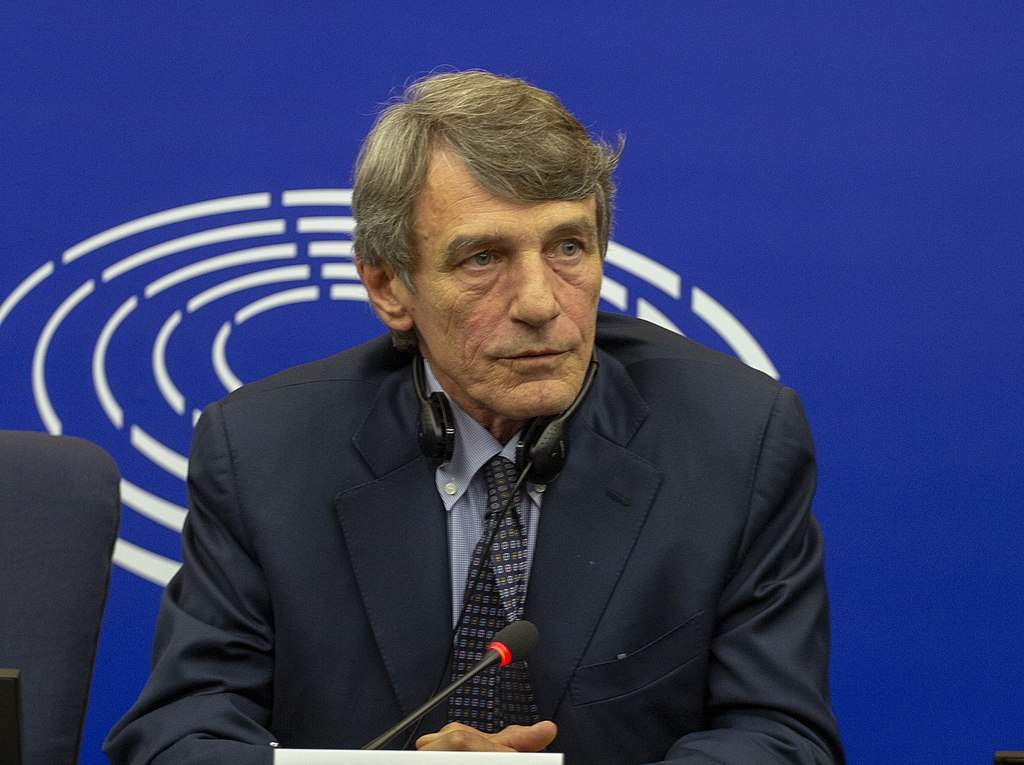EU budget, 20% cut to culture looms. Sassoli: we will not vote for it
The discussion on theEuropean Union ’s Multiannual Financial Framework (MFF) for the period 2021-2027 is underway these days: the MFF is the instrument with which the Union sets spending limits for the indicated period on the resources that come from the EU budget. The Finnish rotating presidency presented a document in early December in which, for the period 2021-2027, a ceiling is proposed for spending commitments set at 1.07 percent of Gross Domestic Product (which would be equivalent to 1.087 billion euros for seven years). This is a significant downsizing from the current 1.16 percent, which would entail significant cuts in strategic sectors for the European Union.The proposal has therefore met with disappointment from many leaders, including Italian Prime Minister Giuseppe Conte: for the government, the Finnish one is a “downward proposal, since it entails significant spending reductions, but above all it is overall unbalanced.”
For Johan van Overtveldt, chairman of the European Parliament’s Budget Committee, “the Finnish presidency’s proposal falls far short of Parliament’s expectations when it comes to meeting the Union’s goals on investment, youth policy, climate and security.” According to van Overtveldt, “there is still a lot of work to be done to reach an agreement.” The Finnish proposal also introduces heavy cuts in the culture sector, strongly criticized by Sabine Verheyen, chair of the Culture Commission. “The proposal,” she noted in a note, “is really far from the goals. At the moment, there are cuts of 20 percent (compared to the European Commission’s proposal) for all programs, 48 percent (compared to Parliament’s proposal) for Erasmus+, and 53 percent (compared to Parliament’s proposal) for Creative Europe. This is deeply troubling. Parliament had proposed tripling the funding for Erasmus+, because we want the new program to do more for more people, so as to reach those with few opportunities and so as to better implement the initiatives that are the flagship of what the Commission is proposing (the European Universities, Vocational Training, Centers of Excellence and DiscoverEU). We need a budget that can meet these ambitions, and what is now on the table is too little. In addition, the Parliament had also insisted on doubling the resources for Creative Europe. This is the only EU program for the culture and creativity sector, and right now the demands far exceed the supply. Again, we need to do much more if we want to add value to the sector and to the people who are involved in the sector.”
Also very much opposed to the cuts was the president of the European Parliament, David Sassoli, who let it be known that Parliament will not vote on the proposal. “I need you, as well as the Italian government, because in the past few days I went to the European Council and told them that we, unanimously, the European budget, where there is a 20 percent cut to culture, we will not vote for it.” He said this during the closing press conference of Matera 2019. “To do this,” Sassoli said in words reported by AgCult agency, “we need the wisdom, prudence and courage of the Italian government and public opinion. You know how important it is to have resources, and for us this will be a particularly important year: with that budget we will decide what we will be in the next seven years. This year has been a success for you and for the Italians, you have given a lot back to Europe and above all you have told Europe that Southern Italy is there. You have done this with an important spirit of cohesion and with very important results. This has been a break-in year and it doesn’t end today: you have a name in the world, we need this to become a lever of development, growth and work.”
Pictured: David Sassoli. Ph. Credit Olaf Kosinsky
 |
| EU budget, 20% cut to culture looms. Sassoli: we will not vote for it |
Warning: the translation into English of the original Italian article was created using automatic tools. We undertake to review all articles, but we do not guarantee the total absence of inaccuracies in the translation due to the program. You can find the original by clicking on the ITA button. If you find any mistake,please contact us.



























